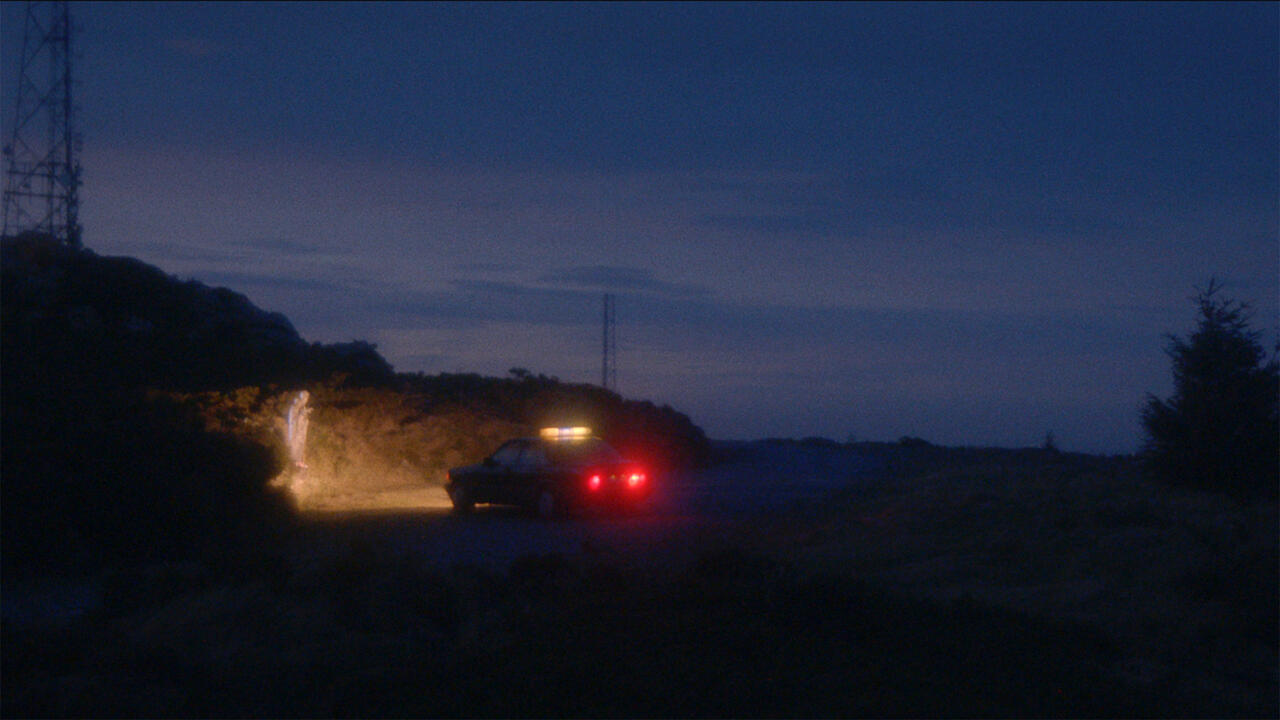Joy Gerrard
Royal Hibernian Academy, Dublin, Ireland
Royal Hibernian Academy, Dublin, Ireland

Protests are powerful. No: protests are pointless. Protests are about big ideas. No: protests need precise demands. Back and forth the op-ed ping-pong goes. Frenetic, frustrated debates on the efficacy of mass protest have been a feature of post-Trump, post-Brexit media coverage. The vast crowds assembled for the Women’s March on Washington were a spectacular response to Trump’s thuggish, intolerant campaign – the huge numbers a marvellous contrast with the poor turnout at his inauguration. That next-day protest expressed righteous dissent: millions of women publicly denouncing the new Chauvinist-in-Chief. Subsequent comment columns were filled, though, with questions about the practical potential of such broad-based gatherings. In Britain, post-referendum protests raised related issues: what did mass declarations of discontent amount to in the bewildered wake of this shock democratic decision? (The Trump and ‘Leave’ victories were often described as ‘protests’ too: acts of democratic defiance against the status quo, shocks delivered to a dysfunctional system.) Maybe there are moments when the mere fact of people on the streets is empowering – even if the cause remains unfocused, the political programme unresolved. Sometimes the symbolism, the public drama, of protesting crowds can matter. Sometimes, conversely, the situation demands more intensive forms of occupation and focused interruption: a crowd intent on sticking around.

For several years, the London-based Irish artist Joy Gerrard has been building a personal collection of protest photographs: an informal archive containing thousands of images, from which she selects scenes that are painstakingly re-created as detailed drawings or – as in recent series – large-scale, labour-intensive monochrome paintings. (This exhibition featured ten drawings and five paintings, plus a film installation.) Gerrard’s specialism is the aerial perspective: eye-in-the-sky views of crowds swelling on city streets, converging at civic plazas or sitting-in at contested sites. She is fascinated with ways in which collective resistance is fleetingly staged or, against the odds, steadily sustained within the constrained, built-up environments of contemporary cities.
This crowd-scanning research was initiated during Gerrard’s studies at London’s Royal College of Art in 2001. At this time she began experimenting with ways to map population movements through urban space: producing refined, semi-abstract forms of architectural representation, variously using photography, drawing, film and sculptural modelling to visualize crowd flows and intensities, capturing currents of concentration and separation. (Her recent film, Shot Crowd, 2016, continues in this vein: here, the tiny metallic spheres from a shotgun cartridge are tossed through a minimalist architectural model, mimicking the hurried movements of bodies through an imaginary streetscape.) The particular interest in protest, however, was first triggered by the anti-Iraq war marches of 2003, a campaign that inspired some of the largest political demonstrations on record, but that nevertheless failed to halt the calamitous US-led intervention. Much later, in 2011, the more immediately impactful convulsions of the Arab Spring further consolidated Gerrard’s engagement with protest, her homemade archive growing exponentially as images of courageous urban occupations proliferated furiously on social media.

Gerrard’s crowd pictures pay scrupulous attention to the varied forms that protests can take. They are patient visual reconstructions – and distillations – of momentous events: occasions of spontaneous public opposition that might be too-quickly forgotten as the news focus changes. Stylistically, these works send mixed messages. Her larger pieces especially – powerful combinations of dense blacks, modulating greys and glowing white spaces, created by applying dark Japanese inks to pristine linen – have a fearful, near-funereal solemnity. Yet this seriousness is celebratory, too. The eruptive urgency of specific protests – an anti-Trump demonstration in Chicago, a Black Lives Matter march in North Carolina, anti-government gatherings in Moscow and Kiev – has now been stilled, but each moment is meticulously preserved in time. These are conflicted, contemporary history paintings: honouring the continuing actuality of mass resistance, while acknowledging the limits of its lasting visibility.
Main image: Joy Gerrard, Protest Crowd, Chicago, USA (3), Trump Rally (2016), 2016, Japanese ink on linen, 1.3 x 2.2 m. Courtesy: the artist; photograph: Ros Kavanagh






















